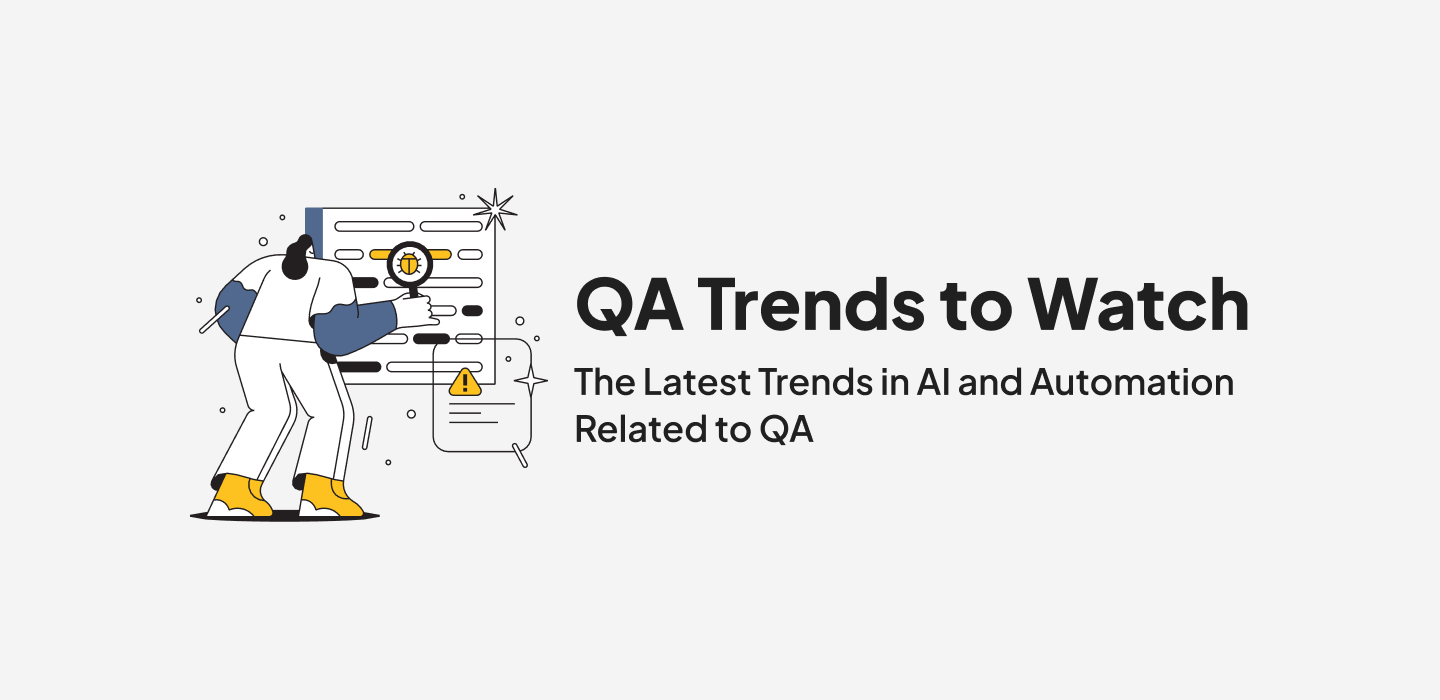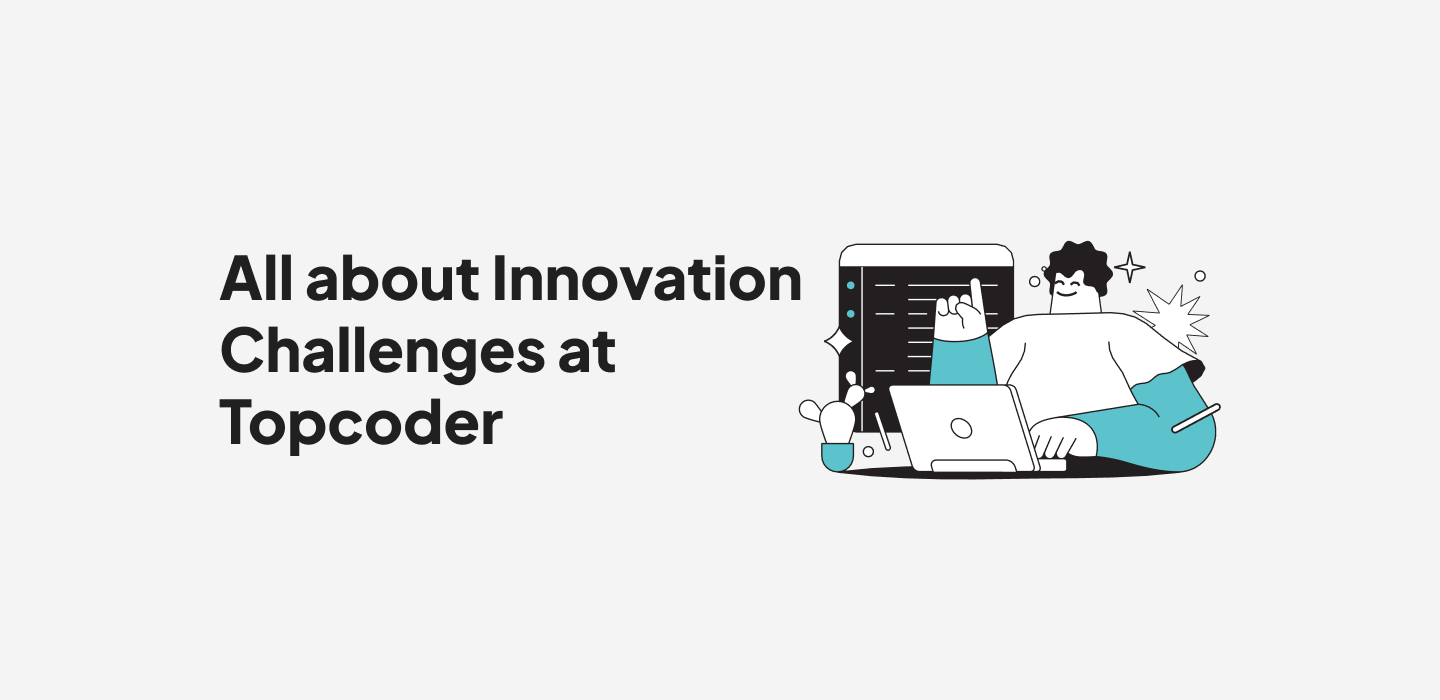August 16, 2019 How SpaceNet Uses Crowdsourcing to Identify Best Geospatial Mapping Solutions
The open innovation project SpaceNet, a nonprofit partnership led by the In-Q-Tel CosmicQ Works lab, works on complex mapping solutions that hope to assist in disaster recovery and optics in places where geospatial mapping isn’t commercialized or profit-driven. SpaceNet aims to create accurate machine learning algorithms that can identify building blueprints and road networks from images.
But SpaceNet isn’t developing these algorithms alone. Nick Weir, Challenge Manager for SpaceNet recently went on the podcast What’s Working in Washington to describe how SpaceNet’s small team uses Topcoder to help them provide solutions at scale.
How Geospatial Mapping Can Save Lives
When Hurricane Wanda hit Puerto Rico, access to proper infrastructure mapping became a major hurdle. With 80% of the island’s powerlines down, 38 inches of rain on the ground, and $95 billion in structural damage, the geographic layout of Puerto Rico drastically changed. Yet understanding the layout of the land is crucial for emergency response teams tasked with distributing critical aid and resources.
But, mapping an island is no easy task. Between building blueprints and road networks, it took tens of thousands of volunteers over 2 months to accurately define post-Maria Puerto Rico road networks via OpenStreetMap and other resources.
At SpaceNet, they’re working hard to leverage machine learning algorithms that can fully automate the extraction of building footprints and road networks from satellite imagery. But they have a small team and there are thousands of coding strategies related to this specific mapping issue. To remain agile with a small team, they’re leveraging the crowdsourcing in two distinct ways:
- They produce datasets of overhead imagery (high-res satellite images with mapping) and provide them to the machine learning community to help further their efforts.
- They use Topcoder Data Science challenges to develop sophisticated algorithms.
For a small team like SpaceNet, having to produce all of these algorithms in-house would be impossible. They need to rely on hundreds of people to develop unique algorithms and compare them against each other to find the best fit. Enter Topcoder.
How SpaceNet Maps Faster with Topcoder
SpaceNet works with Topcoder to host challenges that engage Topcoder’s 100 + community of talented data scientists. This means that SpaceNet does not have to onboard new talent itself—it can access the talent it needs, when it needs it. In The SpaceNet Challenge, Topcoder members competed with one another to develop the best geospatial computer vision algorithms.
Here’s how it worked:
- Challenge participants received educational resources and tools to complete the challenge.
- Every Topcoder member competing in the challenge attempted to create their own algorithm that could extract building footprints from satellite imagery.
- The algorithms that performed the best won prize money.
- SpaceNet got to keep the top-performing algorithms for further analysis.
Over the four challenges that SpaceNet has run on Topcoder, they gained algorithms relating to geospatial mapping that could prove useful in disaster relief and non-commercialized mapping. The algorithms also help SpaceNet make breakthroughs in the space of advanced vision algorithms. The next data science challenge in the series, SpaceNet 5, is launching on Topcoder very soon!
Are you interested in learning more about how Topcoder can help you achieve your machine learning goals? Contact us!
VP, Marketing


